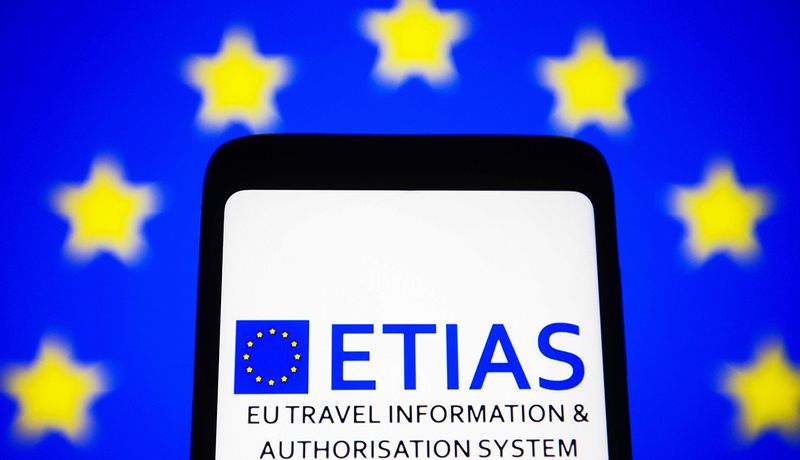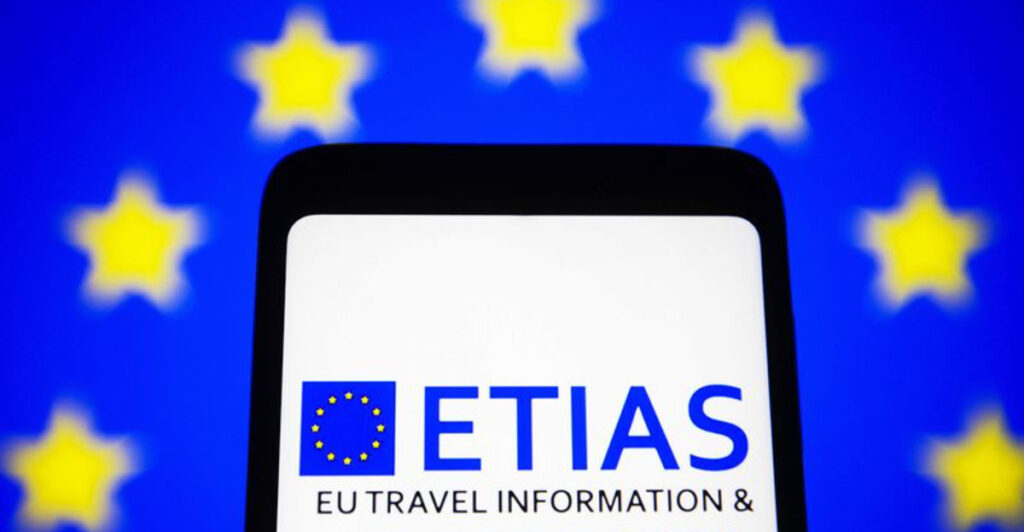Planning a European vacation? You might need to budget a bit more starting in 2026. The European Union has decided to nearly triple the fee for its upcoming travel pre-authorization system called ETIAS. This new requirement will affect Americans, Canadians, and travelers from other visa-exempt countries who want to visit Europe for short stays.
The New European Travel Tax Everyone’s Talking About

Forget about the days of simply flashing your passport at European borders. Starting in late 2026, Americans and Canadians will need to pay €20 (about $22 USD or $29 CAD) for permission to enter most European countries. This fee represents a sharp increase from the €7 originally planned when the European Travel Information and Authorization System (ETIAS) was first announced years ago.
European officials point to rising costs and inflation since 2018 as justification for the price hike. They’ve also added new technical features to enhance the system’s security capabilities. When comparing international travel authorization programs, the adjustment brings ETIAS more in line with similar systems like America’s own ESTA program, which currently costs $21 and is expected to increase to $40 by 2026.
The good news? Once approved, your ETIAS authorization lasts a full three years or until your passport expires, whichever comes first. This means frequent travelers to Europe will get plenty of mileage from their €20 investment across multiple trips.
Children under 18 and seniors over 70 catch a break – they’re exempt from the fee entirely, though they’ll still need to complete the application process. For a typical family of four with two adults and two children under 18, the total cost would be €40 instead of the €14 originally planned.
What exactly does ETIAS cover? The authorization will be required for entry into 30 European nations, including all European Union members (except Ireland) plus Iceland, Norway, Liechtenstein, and Switzerland. Whether you’re dreaming of pasta in Italy, castles in Germany, or beaches in Greece, you’ll need ETIAS approval before boarding your flight.
The application process itself should be straightforward for most travelers. You’ll complete an online form with personal information and answer security questions. Most approvals will come through within minutes, though some applications may require additional processing time of up to 30 days.
Travel industry representatives have expressed disappointment at the fee increase. Julia Lo Bue-Said, chief executive of the Advantage Travel Partnership, called it “an unnecessary burden” that “makes travel to Europe less accessible,” particularly for budget-conscious travelers like students and families.
Despite the criticism, EU officials stand firm that ETIAS will ultimately benefit travelers by enhancing security while streamlining the entry process. The system will screen visitors against security databases before they arrive, potentially reducing wait times at border checkpoints and eventually replacing physical passport stamps.
Smart travelers should mark their calendars now. If you’re planning European adventures in 2025, you’re in luck – the system won’t be operational yet. But for 2026 trips and beyond, applying for ETIAS authorization should be added to your pre-travel checklist, right alongside renewing your passport and booking travel insurance.
The EU recommends applying for ETIAS before booking flights or accommodations to avoid any last-minute complications. Remember that showing up at a European airport without the required authorization could result in denied boarding – an expensive mistake no traveler wants to make.



